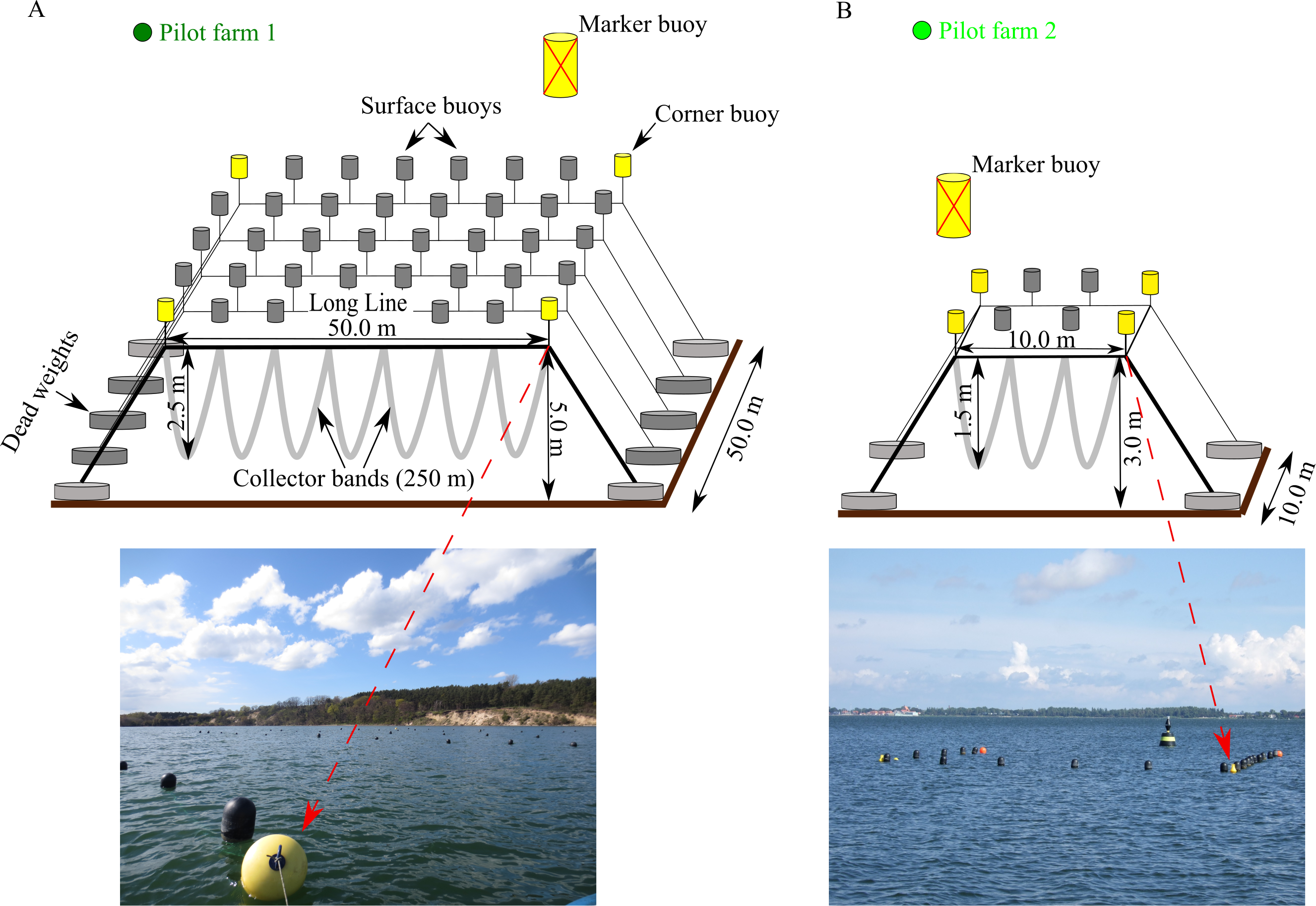



However, under hypoxic conditions, hydroxylation is inhibited and furthermore, PHD proteins are themselves polyubiquitylated and degraded by Siah ubiquitin ligases. The hydroxylation of Hif-1α by prolyl-hydroxylase (PHD) proteins during normoxia serves as a recognition motif for its proteasomal degradation. Interference with the Hif-1 pathway and neoangiogenesis is an attractive antitumor target. Tumor hypoxia induces the upregulation of hypoxia-inducible factor 1α (Hif-1α), which in turn induces the expression of genes including VEGF to recruit new blood vessel outgrowth, enabling tumor growth and metastasis.


 0 kommentar(er)
0 kommentar(er)
